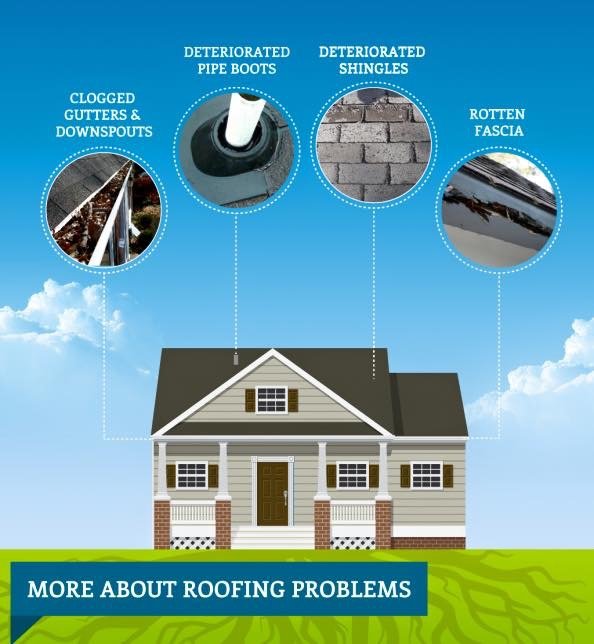Falling Short To Address Roof Covering Air Flow May Create Substantial Damage; Check Out The Vital Variables That Add To A Successful Installment And Shield Your Economic Dedication.
Falling Short To Address Roof Covering Air Flow May Create Substantial Damage; Check Out The Vital Variables That Add To A Successful Installment And Shield Your Economic Dedication.
Blog Article
Authored By-Gundersen Ploug
When you're dealing with a roofing job, you could not think much regarding roofing system ventilation, however it's more critical than you recognize. Effective air flow aids control temperature level and dampness in your attic room, avoiding issues like mold and architectural damages. By understanding exactly how to make and set up a balanced air flow system, you can boost power efficiency and lengthen the life expectancy of your roofing products. So, what are the crucial variables to take into consideration throughout installation that can make all the distinction?
Importance of Roofing Ventilation
Roofing ventilation plays an essential duty in keeping the total wellness of your home. By permitting fresh air to flow with your attic room, it assists control temperature level and wetness levels. This balance is essential to avoid warm buildup throughout warm months, which can cause boosted power costs as your a/c burns the midnight oil.
Additionally, proper air flow considerably reduces the danger of moisture-related issues like mold and mold. If moisture levels climb, your home's architectural honesty can be jeopardized, causing expensive repair services. You would not wish to deal with deteriorating timber or warped roof covering materials, right?
Furthermore, appropriate air flow prolongs the life-span of your roofing system. When warmth and dampness are kept in check, your roof can carry out ideally, avoiding premature damage. This implies fewer headaches and costs down the line.
Just How Roof Covering Air Flow Works
Efficient roofing system air flow counts on the natural movement of air to develop a balance between consumption and exhaust. When you set up vents, you're basically permitting fresh air to enter your attic while enabling warm, stale air to escape. This procedure assists control temperature and wetness degrees, avoiding problems like mold development and roofing damages.
Intake vents, normally located at the eaves, pull in great air from outdoors. On the other hand, exhaust vents, located near the ridge of the roof covering, allow hot air rise and exit. The difference in temperature level produces a natural air movement, referred to as the stack result. As relevant web page rises, it creates a vacuum cleaner that draws in cooler air from the lower vents.
To optimize this system, you need to make sure that the intake and exhaust vents are effectively sized and positioned. If the consumption is restricted, you will not attain the desired ventilation.
Likewise, insufficient exhaust can trap warm and wetness, leading to prospective damages.
Secret Setup Considerations
When mounting roof ventilation, numerous vital considerations can make or break your system's efficiency. Initially, you need to evaluate your roof's layout. The pitch, form, and products all affect air movement and ventilation selection. Make sure to choose vents that match your roof covering type and regional environment problems.
Next off, take into consideration the positioning of your vents. Preferably, you'll want a well balanced system with intake and exhaust vents positioned for ideal airflow. Place intake vents low on the roof and exhaust vents near the peak to motivate an all-natural circulation of air. This configuration aids prevent wetness accumulation and advertises power efficiency.
Don't forget insulation. Appropriate insulation in your attic stops heat from running away and maintains your home comfy. Make san antonio roofing that insulation doesn't obstruct your vents, as this can impede airflow.
Finally, think about Click On this site . Pick air flow systems that are very easy to accessibility for cleansing and inspection. Routine maintenance ensures your system continues to function properly gradually.
Conclusion
To conclude, roofing system ventilation is necessary for a successful installation. By making sure proper airflow, you can stop warmth build-up and moisture concerns that bring about costly damages. When Highly recommended Resource site and exhaust vents, you improve energy effectiveness and lengthen the life-span of your roof. Keep in mind, a well-ventilated roof not only safeguards your financial investment but likewise improves your interior air high quality. So, prioritize air flow to make sure a resistant and cost-effective roof for your home.
